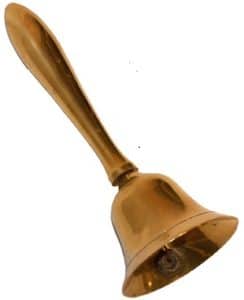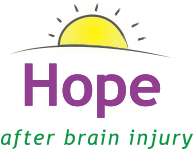A breakthrough vision rehabilitation tool for patients who have suffered a traumatic brain injury is transforming lives throughout the world. This unique diagnostic technique (called the Z-Bell Test℠) puts a new spotlight on how our current methods of assessing brain injuries and concussions should include a 21st Century Mind-Eye neuro-optometric evaluation with Z-Bell℠ testing.
When we think of optometry, what comes to mind is a doctor who specializes in vision care. For years, traditional optometrists have diagnosed patients in need of standard corrective lenses, helping them to achieve 20/20 eyesight. An optometrist also can address certain other common eye disorders. However, for patients with vision and sensory-related problems, achieving 20/20 clarity does not allow for the importance of the brain’s entire network of non-image forming pathways linking our eyes with other sensory systems and complex structures.
The connection between our eyes – more specifically, our retinas — and the larger system of sensory and motor pathways, as well as systems of attention and emotions, affects eyesight. This stream of information impacts our spatial awareness, movement and selective attention to sound. If those pathways become disrupted in any way, a neuro-optometrist, with an emphasis on how light affects brainstem and limbic system functions, may help.
 Neuro-optometric rehabilitation reached an entirely new level when Deborah Zelinsky, OD, founder and research director of the The Mind Eye Institute in Illinois, developed the Z-Bell Test℠. Her research and insight into the “often untested linkage between the eyes and ears” have helped many patients from around the world recuperate from significant complications associated with traumatic brain injury. The Z-Bell Test℠ is a unique method for determining problems with eye-ear connections by using visualization of auditory space. Test results help neuro-optometrists look beyond the patient’s eyes to consider the optimal treatment and rehabilitation programs to promote recovery. Patients who are ideal candidates for the Z-Bell Test℠ often have been diagnosed with such issues as post-concussion syndrome, traumatic brain injury, developmental delay, autism, and learning difficulties.
Neuro-optometric rehabilitation reached an entirely new level when Deborah Zelinsky, OD, founder and research director of the The Mind Eye Institute in Illinois, developed the Z-Bell Test℠. Her research and insight into the “often untested linkage between the eyes and ears” have helped many patients from around the world recuperate from significant complications associated with traumatic brain injury. The Z-Bell Test℠ is a unique method for determining problems with eye-ear connections by using visualization of auditory space. Test results help neuro-optometrists look beyond the patient’s eyes to consider the optimal treatment and rehabilitation programs to promote recovery. Patients who are ideal candidates for the Z-Bell Test℠ often have been diagnosed with such issues as post-concussion syndrome, traumatic brain injury, developmental delay, autism, and learning difficulties.
During the Z-Bell evaluation, the Mind-Eye optometrist determines if a patient’s eye-ear connection is working properly by evaluating the patient’s ability to locate sound from a ringing bell with their eyes closed. If the patient struggles to find the bell, the practitioner places various combinations of lenses, prisms and/or filters over the patient’s closed eyes until the patient can locate the exact position of the sound. The light transmitted through a closed eyelid still stimulates retinal activity, just not eyesight. Once properly diagnosed, an individualized treatment plan can be developed.
The Z-Bell Test ℠ has demonstrated incredible accuracy in pinpointing problems that affect balance, depth perception, attention and awareness. Many mainstream vision care and vision therapy professionals are not yet aware of this groundbreaking science even though the method has been verified in a double-blind reproducible study and used for more than 20 years in 10 different countries. Traumatic brain injuries have become known as a silent epidemic. The good news is that the team at the Mind-Eye Institute is making noteworthy headway throughout the world, conducting seminars and training programs and making Z-Bell testing certification available to doctors in the emerging field of neuro-optometric rehabilitation.

Leave A Comment
You must be logged in to post a comment.